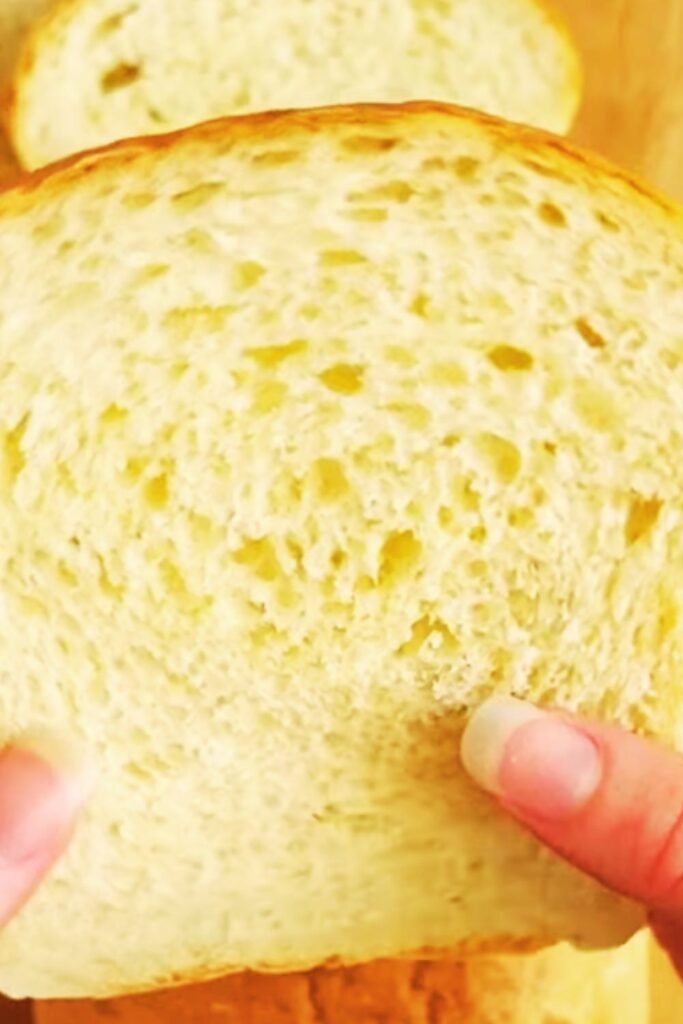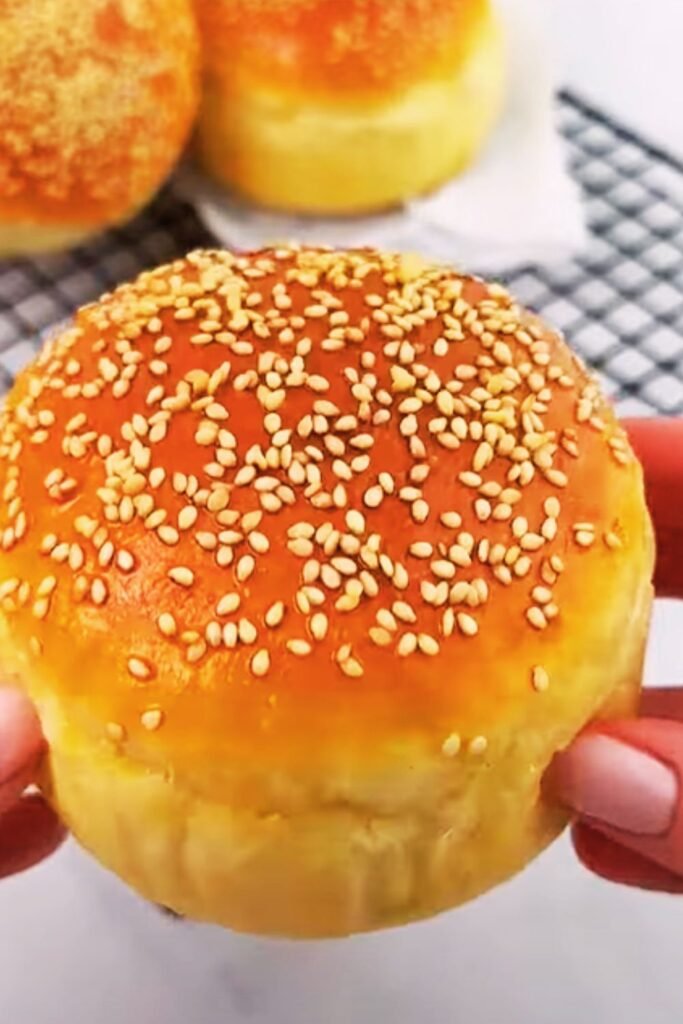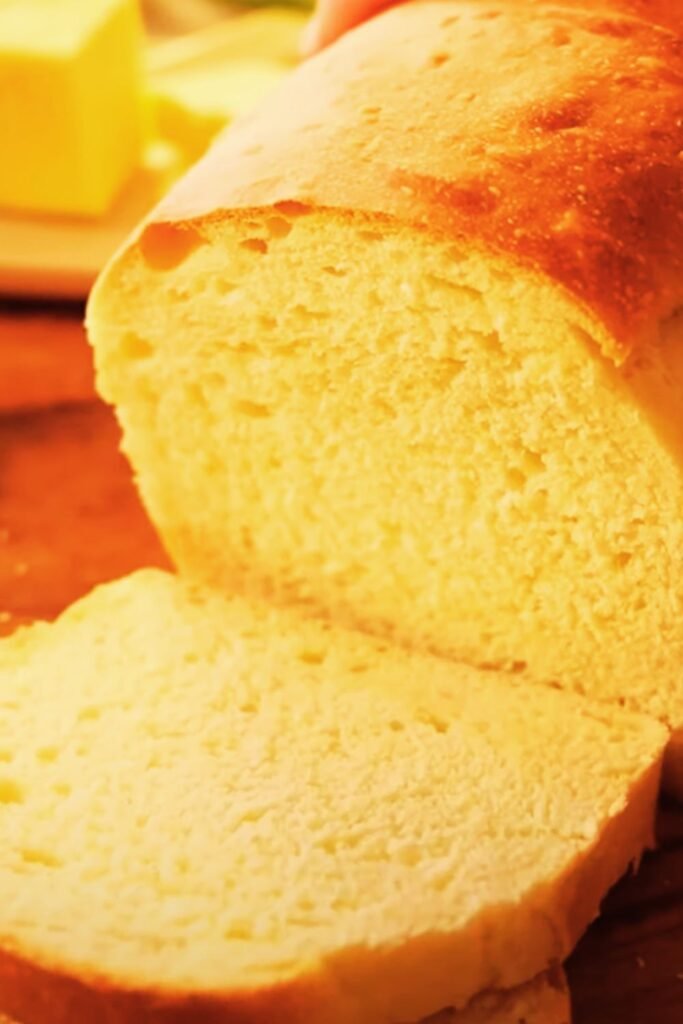As I delve into the world of traditional Polish baking, there’s something truly magical about Chleb Ziemniaczany – a bread that tells a story of resourcefulness, comfort, and culinary heritage. This isn’t just a recipe; it’s a slice of Polish cultural history that has sustained families through generations of hardship and celebration.
The Roots of Potato Bread in Polish Cuisine
Potato bread emerged as a testament to Polish ingenuity during times of scarcity. In rural landscapes where wheat was precious, potatoes became a reliable ingredient that transformed bread-making. My fascination with this bread stems from its ability to capture both simplicity and depth of flavor.
Why Potatoes Make This Bread Special

Potatoes bring several remarkable qualities to bread:
- Incredible moisture retention
- Enhanced softness
- Natural sweetness
- Improved nutritional profile
- Extended shelf life
Ingredient Breakdown
| Ingredient | Quantity | Purpose | Nutritional Impact |
|---|---|---|---|
| Potatoes | 250g | Primary moisture source | High in Vitamin C, Potassium |
| Wheat Flour | 500g | Structural foundation | Provides gluten, protein |
| Active Dry Yeast | 7g | Leavening agent | Enables bread rising |
| Salt | 10g | Flavor enhancement | Mineral content |
| Olive Oil | 30ml | Moisture and richness | Healthy fats |
| Warm Water | 250ml | Hydration | Activates yeast |
Step-by-Step Preparation
Potato Preparation
- Wash potatoes thoroughly
- Boil until tender (approximately 15-20 minutes)
- Drain and let cool
- Mash completely, ensuring no lumps remain
Dough Creation Process
- Combine mashed potatoes with warm water
- Activate yeast in a separate bowl
- Mix dry ingredients separately
- Gradually incorporate wet and dry mixtures
- Knead for 10-12 minutes until smooth

Baking Techniques
My grandmother always emphasized the importance of patience in bread-making. The key lies in:
- Allowing proper rising time
- Maintaining consistent oven temperature
- Creating steam during initial baking phase
Recommended Baking Parameters
- Preheating temperature: 220°C (428°F)
- Initial baking: 15 minutes with steam
- Final baking: 25-30 minutes at 180°C (356°F)
Serving Suggestions
When serving Chleb Ziemniaczany, I recommend:
- Slicing while slightly warm
- Pairing with fresh butter
- Accompanying with hearty soups
- Serving alongside roasted vegetables

Nutritional Insights
Each 100g serving typically contains:
- Calories: 250-280
- Protein: 8-10g
- Carbohydrates: 45-50g
- Dietary Fiber: 3-4g
- Fat: 3-5g
Storage and Preservation
To maintain maximum freshness:
- Store in a cool, dry place
- Use a bread box or cloth bag
- Consume within 3-4 days
- Can be frozen for up to 1 month
Frequently Asked Questions
Q: Can I use sweet potatoes instead of regular potatoes? A: While possible, traditional recipes use white or yellow potatoes for optimal texture and flavor.
Q: Is potato bread gluten-free? A: No, this recipe contains wheat flour. For gluten-free alternatives, specialized modifications would be required.
Q: How can I tell if my bread is properly proofed? A: The dough should double in size and leave a slight indentation when gently pressed.
Q: Can I add herbs to this bread? A: Absolutely! Rosemary, thyme, or caraway seeds complement the potato’s natural flavor beautifully.
Troubleshooting Common Challenges
- Dense bread: Likely due to insufficient kneading or inactive yeast
- Dry texture: Might indicate too much flour or over-baking
- Flat loaf: Could result from old yeast or incorrect proofing temperature
Cultural Context
Potato bread represents more than sustenance in Polish culture. It symbolizes resilience, creativity, and the ability to create something extraordinary from humble ingredients. Each loaf carries whispers of family gatherings, rural kitchens, and generations of baking wisdom.
By mastering this recipe, you’re not just baking bread – you’re preserving a culinary tradition that has nourished a nation through countless challenges.
Bon appétit! Or as they say in Polish, “Smacznego!”